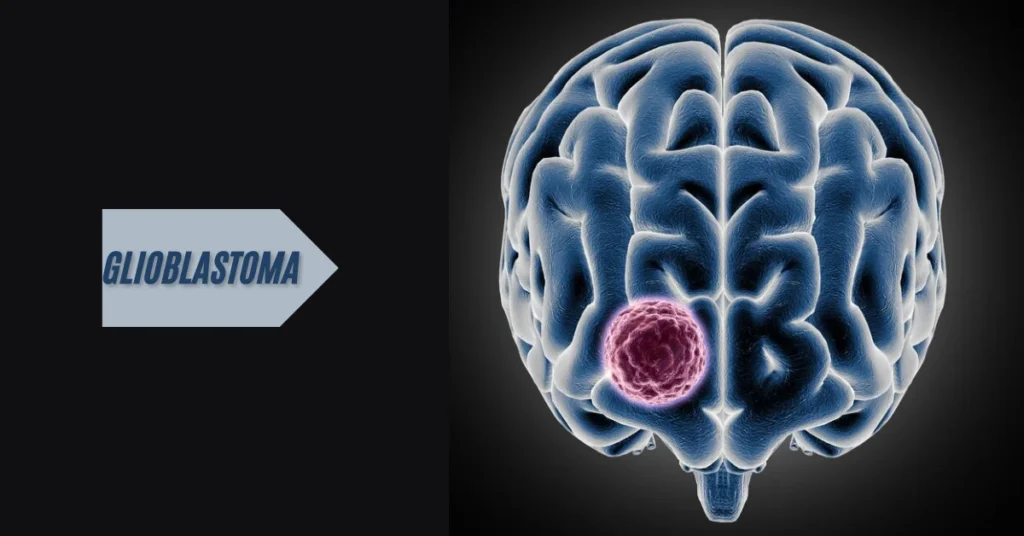Introduction to Glioblastoma
Glioblastoma is a term that sends shivers down the spine of many. This aggressive brain tumor poses significant challenges for patients and their families alike. As one of the most common forms of primary brain cancer, glioblastoma can develop rapidly and often has a poor prognosis. Understanding this complex condition is crucial for those affected by it.
With advancements in research and treatment options emerging, there’s hope on the horizon. Gaining insight into glioblastoma—from its causes to coping mechanisms—can empower individuals facing this diagnosis. Let’s delve deeper into what glioblastoma really entails and explore ways to navigate this difficult journey together.
Causes and Risk Factors of Glioblastoma
The exact causes of glioblastoma remain largely unknown, but several risk factors have been identified. Genetics play a significant role; individuals with certain inherited conditions may face heightened risks.
Age is another important factor. Most cases occur in adults between 45 and 70 years old. The likelihood increases with age, reflecting changes in cellular behavior over time.
Exposure to radiation has also been linked to this aggressive tumor type. Those who have undergone radiation therapy for other cancers are at greater risk.
Environmental influences might contribute as well. While studies are ongoing, some suggest that prolonged exposure to pesticides or industrial chemicals could elevate the chances of developing glioblastoma.
Additionally, a family history of brain tumors can indicate a genetic predisposition. Understanding these factors helps researchers explore prevention strategies and early detection methods more effectively.
Symptoms and Diagnosis of Glioblastoma
Glioblastoma presents a range of symptoms that can be alarming. Patients often experience persistent headaches, which may worsen over time. Seizures are also common, surprising many who hadn’t experienced them before.
Changes in behavior or personality can emerge as the tumor affects brain function. Memory issues and difficulty concentrating might become noticeable to loved ones.
Physical symptoms include weakness on one side of the body or trouble with balance and coordination. Some individuals report visual disturbances or language difficulties too.
Diagnosing glioblastoma usually involves multiple tests. A detailed medical history is taken first, followed by neurological exams to assess cognitive abilities and reflexes. Imaging techniques such as MRI scans provide crucial insights into tumor presence and size.
A biopsy may follow if imaging suggests glioblastoma, allowing for a definitive diagnosis through tissue analysis under a microscope. This step is vital for determining the best treatment approach moving forward.
Treatment Options for Glioblastoma
Treatment options for glioblastoma focus on attacking the tumor while preserving brain function. Surgery often serves as the first line of defense, aiming to remove as much of the tumor as possible. The extent of removal can significantly impact a patient’s prognosis.
Following surgery, radiation therapy typically plays a crucial role in targeting residual cancer cells. This method helps minimize recurrence and can be combined with chemotherapy for enhanced effectiveness.
Temozolomide is one commonly prescribed chemotherapy drug that works by interfering with cancer cell growth. It’s usually administered after radiation treatment to maximize its potential benefits.
Emerging therapies also show promise, including immunotherapy and targeted treatments aimed at specific genetic mutations within tumors. These innovative approaches offer hope for more effective management strategies tailored to individual patients’ needs and tumor characteristics.
Coping with a Glioblastoma Diagnosis
Receiving a glioblastoma diagnosis can feel overwhelming. Emotions often range from disbelief to fear. It’s essential to acknowledge these feelings as valid.
Connecting with others who understand this journey can be beneficial. Support groups, either online or in person, provide a safe space for sharing experiences and advice. Engaging with those facing similar challenges can foster hope and resilience.
Educating yourself about glioblastoma empowers you to make informed decisions regarding treatment options. Knowledge helps combat the uncertainty that often accompanies such news.
Remember to prioritize self-care during this time. Simple activities like walking, reading, or practicing mindfulness can offer moments of peace amid chaos.
Encourage open communication with family and friends. Sharing your thoughts not only lightens emotional burdens but also strengthens bonds through shared understanding and support.
Latest Research and Advancements in Glioblastoma treatment
Recent advancements in glioblastoma treatment are offering new hope to patients and their families. Innovative therapies are emerging, focusing on personalized medicine tailored to individual tumor profiles.
One notable approach is immunotherapy, which harnesses the body’s immune system to target cancer cells more effectively. Researchers are exploring various combinations of checkpoint inhibitors and vaccines designed specifically for glioblastoma.
Additionally, targeted therapies continue to evolve. These treatments aim at specific genetic mutations within tumors, enhancing the effectiveness while minimizing side effects. For instance, drugs like temozolomide remain a cornerstone but are now being used alongside novel agents for better outcomes.
Clinical trials play a crucial role in this progress. They help identify promising treatments that could reshape the standard of care for glioblastoma patients. Collaboration among researchers worldwide accelerates our understanding and paves the way for breakthroughs that were unimaginable just years ago.
The Importance of Support for Patients and Caregivers
Navigating a glioblastoma diagnosis can be overwhelming for both patients and caregivers. The emotional toll is significant, often leading to feelings of isolation and despair. Having a solid support system is essential.
Support groups offer a space where individuals can share experiences, concerns, and coping strategies. Connecting with others facing similar challenges creates a sense of community that helps alleviate loneliness.
Caregivers also require attention and care. Their role is demanding, often leading to burnout. Encouraging self-care among caregivers ensures they remain healthy enough to provide the necessary support.
Friends and family play an invaluable role too. Simple gestures like offering meals or companionship can significantly ease the burden on both patients and their caregivers.
Open communication about needs fosters understanding within families, creating an environment where everyone feels valued during this difficult journey.
Conclusion: Promising Hope for the Future Against Glioblast
The fight against glioblastoma is ongoing, with researchers making strides toward better understanding and treatment options. Advanced imaging techniques and molecular profiling are playing crucial roles in diagnosing this aggressive brain tumor more accurately.
Clinical trials are paving the way for innovative therapies that may enhance survival rates. Immunotherapy, targeted therapy, and personalized medicine present exciting avenues for future research. These advancements bring hope to patients and families affected by glioblastoma.
Support networks continue to grow, empowering caregivers alongside patients on their journeys. With increased awareness comes a stronger push for funding research initiatives aimed at tackling glioblastoma head-on.
While challenges remain, the commitment of scientists, healthcare providers, and communities fuels optimism for improved outcomes in the battle against this formidable disease. The journey toward effective treatments continues to unfold—bringing brighter possibilities into view as we seek better solutions together.
FAQs
Q: What is glioblastoma?
Ans: Glioblastoma is a highly aggressive type of brain tumor that originates from glial cells, often growing and spreading rapidly.
Q: How is glioblastoma diagnosed?
Ans: It is diagnosed through imaging tests like MRI or CT scans, followed by a biopsy to confirm the tumor type and grade.
Q: What are the symptoms of glioblastoma?
Ans: Symptoms may include headaches, seizures, nausea, memory loss, and changes in personality or motor skills.
Q: Why is glioblastoma difficult to treat?
Ans: Its rapid growth, ability to infiltrate nearby brain tissue, and resistance to conventional therapies make it challenging to treat.
Q: Are there any new treatments for glioblastoma?
Ans: Research is ongoing, with new approaches like targeted therapies, immunotherapy, and personalized medicine showing promise.







